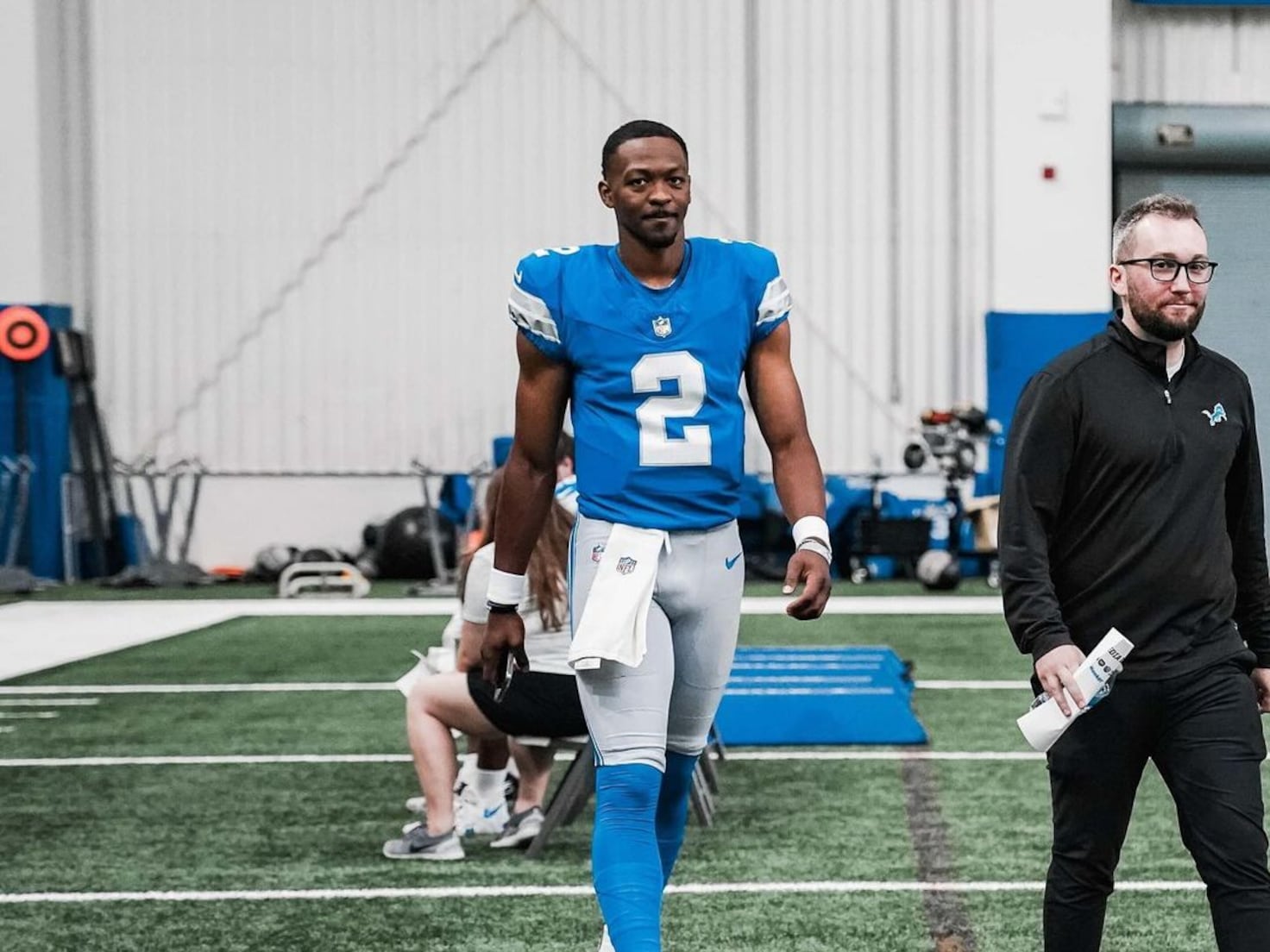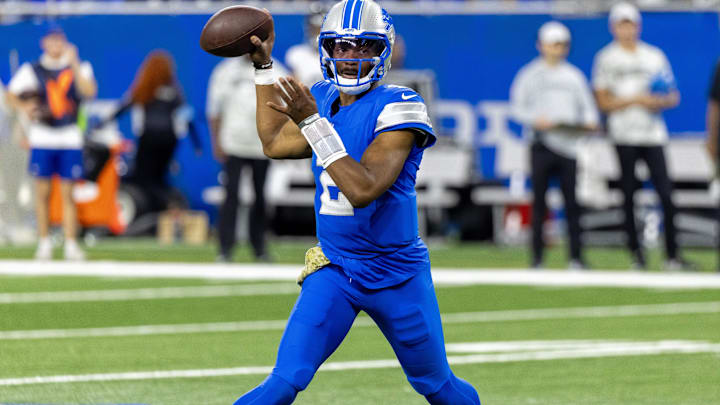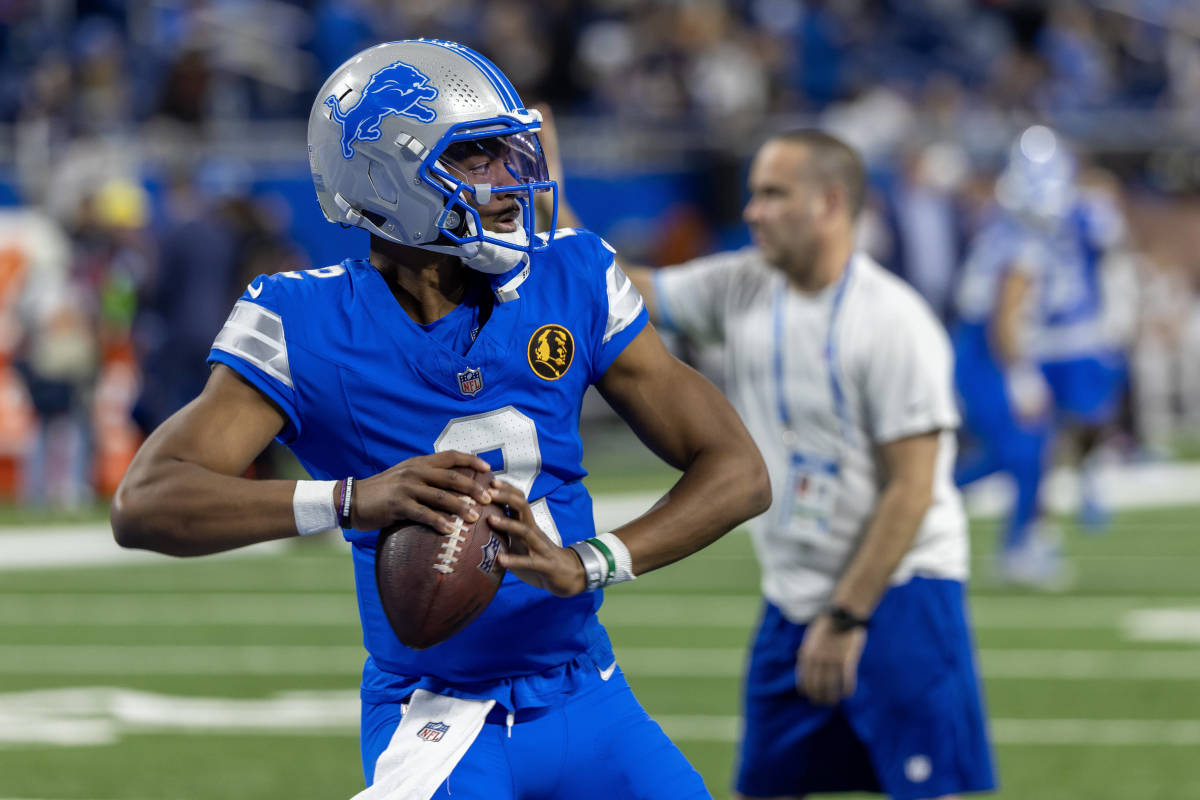The NFL’s Development Dilemma: The Case of Hendon Hooker
The Offseason and the Power of ‘What-If’ The best part of the NFL offseason is the endless speculation about what could happen. Fans and analysts alike craft hypothetical scenarios, imagining how different decisions might alter the course of a player’s career. Every now and then, a social media post sparks a discussion that deserves deeper exploration. This time, it’s about Detroit Lions quarterback Hendon Hooker and the state of NFL player development.

The Lions’ Approach to Hooker’s Development When the Detroit Lions drafted Hendon Hooker, they knew patience was key. Head coach Dan Campbell emphasized the importance of reps, stating, “He just needs reps. And it doesn’t matter if it’s us or it’s them or it’s a game, he just needs reps and reps and reps.” Yet, after getting some preseason snaps, Hooker found himself on the sidelines for the rest of the season. His only appearances came in garbage-time situations, where he was relegated to handing the ball off rather than truly testing his skills.
The challenge is clear: Hooker, now 27, has effectively lost two years of NFL development. His rookie season was a redshirt year due to injury, which was understandable. But his second season saw limited game action, stalling his growth and leaving questions about his future in Detroit.
A Missed Opportunity for Player Development The way Hooker’s situation has unfolded brings attention to a broader issue: the lack of a proper developmental league for the NFL. Other major sports leagues have systems in place to cultivate talent—MLB has its minor leagues, the NBA has the G-League, and the NHL has the AHL. These leagues give players consistent playing time to refine their skills in a competitive setting.
Imagine if the Lions could send Hooker to the Michigan Panthers of the UFL for a spring season. He could get 10 full games of live action, sharpen his decision-making, and build the confidence necessary to challenge for the QB2 role in training camp. Instead, he’s stuck in limbo, waiting for an opportunity that may never come.

The Risk vs. Reward Debate One of the main arguments against a developmental league is the risk of injury. NFL teams view their players as investments, and sending a quarterback to a secondary league could jeopardize that investment. However, the alternative—keeping talented players on the bench without meaningful game experience—can be just as costly.
When teams draft quarterbacks, they invest not only money but also time and resources into their development. If those players never get the reps they need to improve, they often become roster casualties. Teams cut them before they reach their potential, losing valuable draft picks in the process.

A Future Solution for the NFL? The NFL has flirted with developmental leagues in the past, but nothing has stuck long-term. However, with the rise of the UFL, there is a real opportunity to create a system that benefits both teams and players. If the NFL were to establish an official partnership with the UFL, players like Hooker could get the experience they desperately need without being lost in the shuffle.
For now, the status quo remains. Hendon Hooker is left waiting, his future uncertain. But as more players face similar struggles, the demand for a viable development system will only grow. Perhaps one day, the NFL will recognize the value of providing its young talent with a true path to success.





